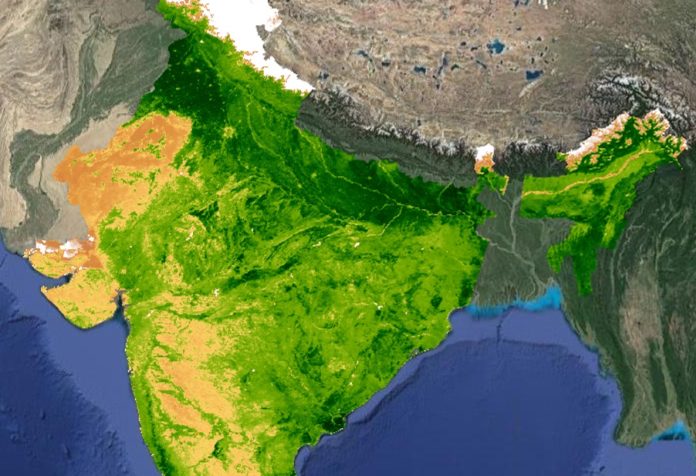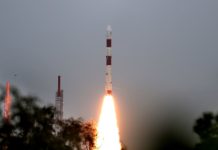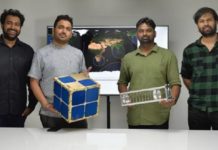
The Indian Institute of Technology – Kanpur (IIT-Kanpur) in Uttar Pradesh will partner with the University of Leicester to assess climate and greenhouse-gas emissions on the Indo-Gangetic Plain (IGP).
Using data gathered from Earth observation space sensors and accurate ground-based measurements, the project hopes to study land-use and agricultural yield in the region, against the backdrop of climate change and industrialization.
If successful, the data will be able to contribute to a better understanding of short and long-term environmental changes in the IGP, which spans North India, Nepal, Bangladesh and Pakistan.
The project, funded by the UK – India Education and Research Initiative (UKIERI) and the Department of Science and Technology (DST), will be led by Dr Hartmut Boesch, Reader in Earth Observation at the University of Leicester, Dr Harjinder Sembhi, Post-Doctoral Research Associate at the University of Leicester, and Professor Sachichi Tripathi in India.
Dr Hartmut Boesch said: “The Indo-Gangetic Plain is a very important region for the regional food supply and the use of EO data will give us novel means of studying the sensitivity of this area to environmental changes.”
It aims to link researchers from the Centre for Climate and Landscape Research (CLCR), the Leicester Institute for Space and Earth Observation (LISEO), the Centre for Ecology and Hydrology in Wallingford and the National Centre for Earth Observation Science (NCEO) – the first international Indian project of its kind.
Said Dr Harjinder Sembhi, “This project presents an exciting opportunity for UK and Indian researchers to align their scientific expertise to understand and address the environmental challenges that exist already and are likely to continue to affect communities around the IGP.”
A secondary goal of the program is to promote the transfer of skills and training of young scientists and students of both countries to help build a sustainable partnership.






